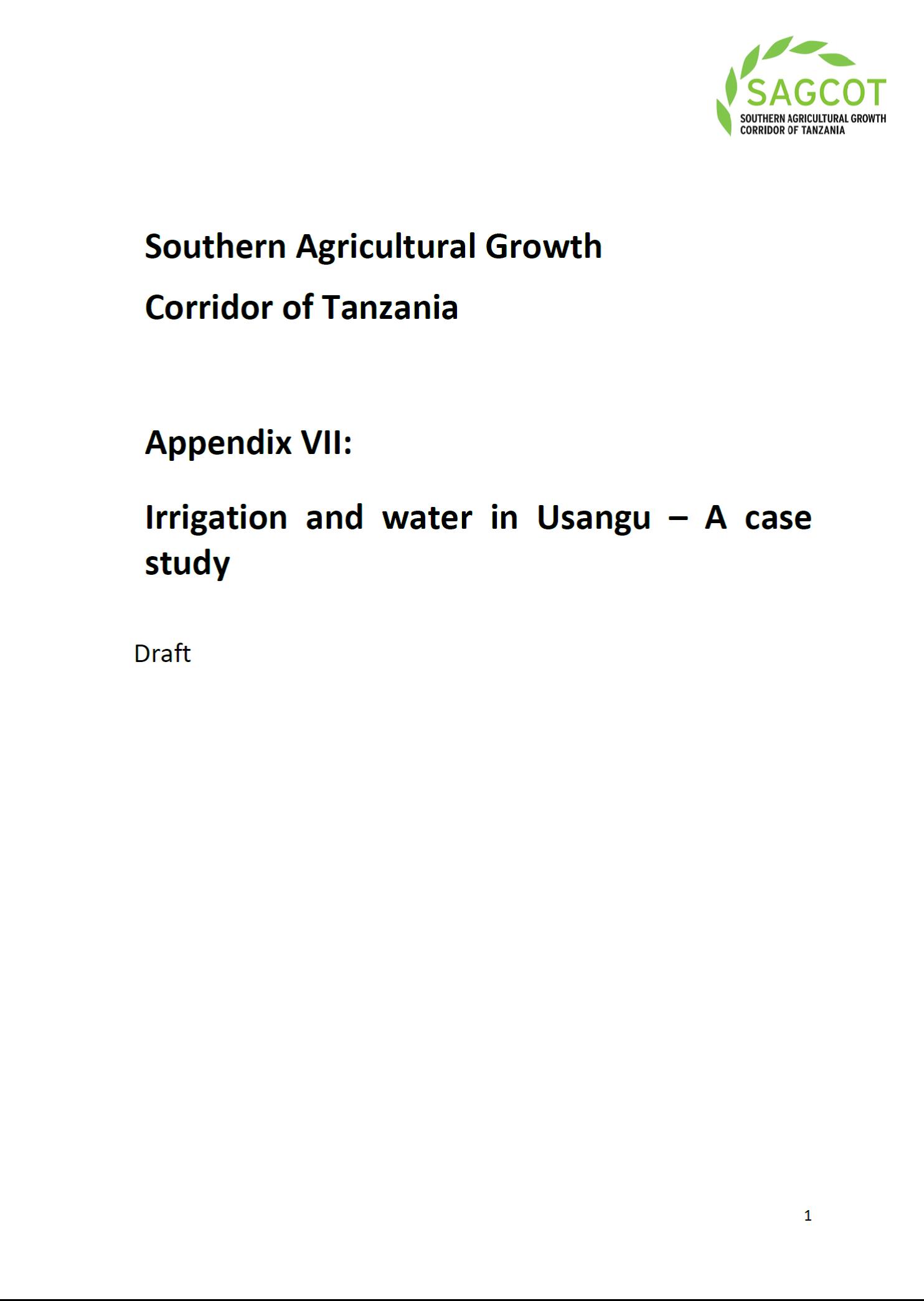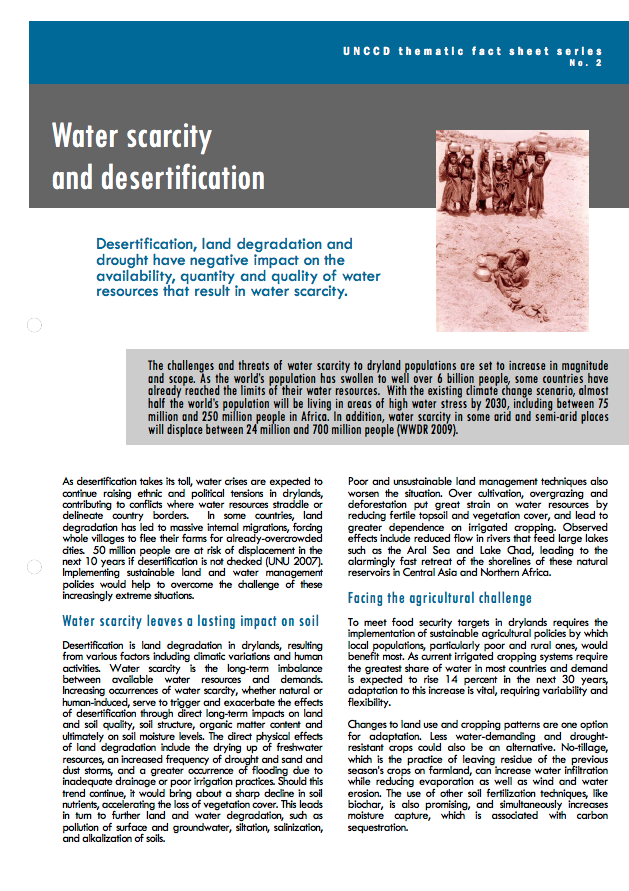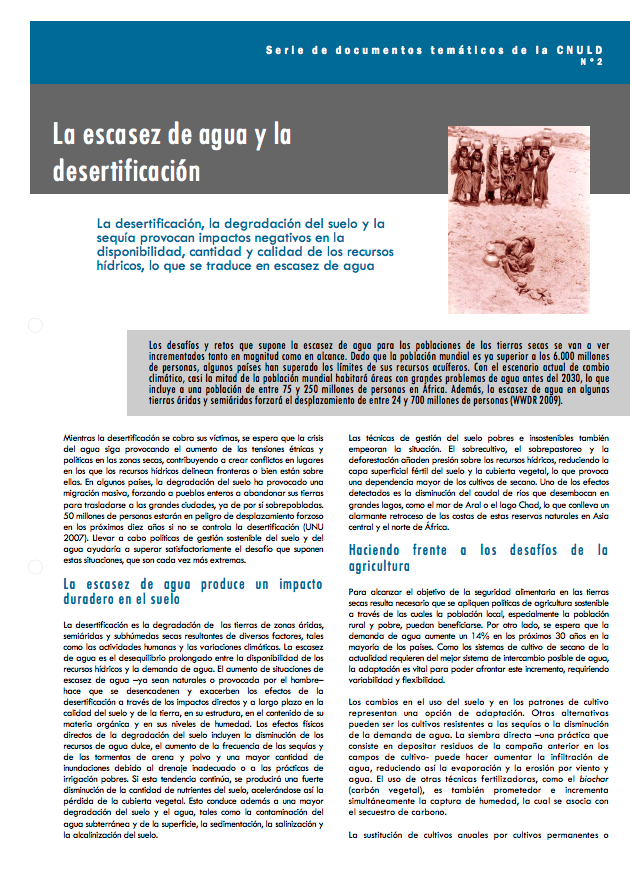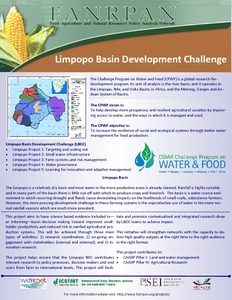Regional analysis of communal river diversion: Potential for expansion in Sub-Saharan Africa
Sub-Saharan Africa (SSA) faces great challenges in development, including the highest poverty rate in the world, food insecurity, and malnutrition. Given that agriculture is the single most important source of rural livelihood in Africa, an agricultural growth strategy will go a long way to reducing hunger and poverty on the subcontinent. Among the numerous challenges to enhancing agricultural production in SSA is the large spatial and temporal variability and availability of water resources. Currently, agriculture in SSA is predominantly rainfed.









